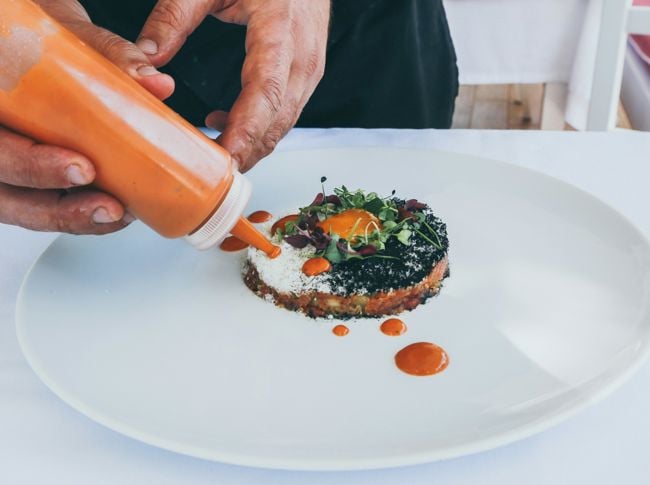Half-price havoc: The downside of restaurant discounts

While deals like "50% off" might lure a horde of hungry customers through the doors, these deep discounts aren’t always a win for restaurants. Lana Drahuszak dives into the discount dilemma.
There’s no denying everyone loves more bang for their buck these days, but while deals such as "50% off" might reel in the crowds initially, they can end up backfiring on restaurants in the long run. At first, such promotions seem like a great marketing move, drawing attention to the business and increasing foot traffic. But, after a while, what’s left is often a financial burden that makes restaurant owners question whether they’ve sold themselves short.
In the hospitality business, where profit margins are already thinner than a shoestring fry, cutting prices in half can lead to losses that are tough to bounce back from. Simply put, big discounts mean the restaurant will make less profit per dish. There are also extra costs associated with serving more people—like increased labour, ingredients and utilities—which can offset the short-lived gains of a temporary boost in customers and revenue. Further to this, if a restaurant is unable to provide adequate staffing during this time, the quality of both the service and the food can suffer under the strain of higher-than-usual demand. Ultimately, this runs the risk of tarnishing the restaurant’s reputation and driving away the very customers they aimed to attract!
Slashing prices can also negatively affect the perceived value of the restaurant’s food, making diners view it as the culinary equivalent of a clearance sale. Regular customers may start to expect discounts as the norm, making it difficult to charge full price later. It’s a classic case of conditioning: once diners get used to bagging a bargain, chances are they’ll resist paying the full rate in the future.
In the end, while generous discounts may seem like a quick and easy win, it’s short-term thinking that simply isn’t sustainable and can often do more harm than good to profitability, customer expectations and overall quality in the long run. For restaurants striving for longevity, it’s always better to focus on creating value and loyalty without resorting to heavy discounts – diners want value rather than cheap prices. In this case, it’s the steady simmer, not the quick flash, that yields the best results.



